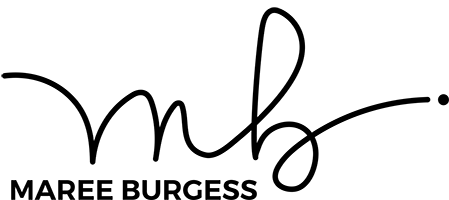
The manic-to-magic model describes teams at six stages from toxic to dynamic.
At the bottom of the model, the toxic team sucks energy. Team members don’t look forward to work; they live under a cloud of anxiousness that can become debilitating.
Strengths and values are not understood and certainly not considered. Lower performers (or under performers) are not supported; high performers become addicted to being right and create a clique of supporters around them. This group may even bully lower performers or those they dislike. The leader may exert their seniority over those who report to them.
Trust is low, and there may be infighting. Passive aggressive behaviour is rife and sabotage (of others within or outside the team) may exist. People leave – either they’re unhappy, or they’re asked to go – and knowledge is lost.
As a whole, the team is checked out and cannot see the bigger picture of how they fit within their organisation.
A toxic culture can be likened to a bad relationship: we know it isn’t healthy but the thought of moving or changing seems too hard. We become to numb to how bad it actually is, so we tolerate unacceptable behaviour.
The step up from the toxic team is the frantic team who is too busy being busy.
This team has too much to do. It spends too much time fixing problems. Which means there is no opportunity to think about working on the business.
There may have unrealistic expectations about what the team is capable of.
The resulting stress further limits people’s ability to think and get stuff done.
Internal relationships don't get built. There are hidden agendas and second-guessing are common. Trust is low, and people focus on surviving.
Moving up the manic to magic model, the erratic team sometimes performs well; other times, not so well. This team may feel productive, but is often simply busy for the sake of being busy: it may have lost sight of what is important.
Being erratic can mean that relationship building does not happen with this team, as there isn’t time. Yet, trust exists to some extent. Some workload sharing occurs and, mostly, everyone contributes. They focus on performance, but results are inconsistent.
Continuing to move up the manic to magic model, the authentic team is on track, efficient, and gets the work done well without fuss. It does what is expected, though little more. Rather than think creatively, this team gets on with the job of delivering products and services to a good standard, as expected.
Leadership is reasonably strong. The leader is able to set the outcomes for the team and direct the team into achieving them. Trust and harmony exists between most team members. Workloads are shared while maintaining the status quo. They would be deemed, in performance reviews, to be ‘doing their job’.
This team may stay together for some time: they like being in their comfort zone and are reluctant to change, grow or look at different opportunities.
Nearing the top of the manic to magic model, the energetic team is collaborative: sharing ideas and supporting each other. Team members feel trusted, empowered to do their job and they do it well. They focus on working with others to achieve the best outcomes.
This team understands their purpose and direction and spends time focusing on the business and how they can keep improving, asking ‘what if…?’ questions to stretch their thinking.
At the top of the manic to magic model, the culture in the dynamic team inspires people to come up with transformative ideas. Work just flows. Everyone feels valued, and there are high levels of trust between each member. Strengths and values are understood, and people know where they stand. Team members build on each other’s capacity and learn together to create new ideas.
The whole team is invested in being the best they can be, individually and collectively, with a view to lifting the entire organisation. As well as having a high productive output, this team spends time building relationships. This team thinks strategically and drives both team, and organisational, success.
While the stress of a toxic team stifles creativity and strategic thinking, the environment of a dynamic team is invigorating, exciting and energising.
The Dynamic Team is the team we look forward to hanging out with every day; it’s the team we learn from and who learns from us.
Shifting your team up the model is about changing how you communicate and how you relate to others.

